Software-defined wide area network (SD-WAN) and internet of things (IoT) technologies have been a hot subject for businesses worldwide for some time. Companies of all sizes have rapidly embraced IoT technology in all areas of the industry. Whether we are talking about manufacturing, logistics, oil and gas, transportation, aviation, energy, mining, or metals, technology has proven its capability to everyone. (See: RPA-led tools helping enterprises sail safely through a storm)
As companies expand their cloud platforms and implement social distancing measures for an unforeseeable future, interests in IoT and SD-WAN rollouts will be more intense. The forthcoming launch of 5G technology will also be a crucial factor determining the success of IoT as it will give businesses and consumers much needed boost to create a smart digitally connected economy.
The SD-WAN is often considered as an unsung hero that allows new technologies like IoT to operate and work to its best potential in a corporate network.
SD-WAN is a progressive wide area network approach that helps organizations support multiple office branches with robust connectivity in a secured and seamless way, through any service provider connection. Compared to the traditional Multiprotocol Label Switching (MPLS), SD-WAN is lower-priced, risk-free, and delivers improved application performance at all levels. It connects business networks across vast geographical locations in a transparent and agile manner.
Let’s understand the four most critical advantages that SD-WAN brings to the table for efficient IoT deployments.
Greater operational agility
The IoT deployments will create a smart workforce of the future, helping businesses predict consumer behaviors, maintain production and supply chain capacities and delivery methodology through robotics, analytics, and intelligent automation tools.
In a traditional network, for instance, an intricate setting comprising a collection of routers, switches, and other hardware equipment is needed to be managed independently. It demands enormous effort and plenty of resources for day to day administration. In an SD-WAN configuration, the hardware mechanism is changed to a software-based function. This makes it very easy to manage network operations. Companies can implement faster changes, set up orchestrations, control their networks easily, and enforce real-time monitoring.
Deployment of SD-WAN allows network administrators to see how different IoT devices in different geographical areas (offices) get bandwidth, security, and other resources to function to their optimum levels.
Enhanced security
The most significant concern IoT deployments have today is security, particularly when it comes to multi-site operations. SD-WAN has the advantage of responding to many IoT security concerns. With SD-WAN, businesses can integrate their broadband access through advanced firewall capabilities.
Network administrators are able to monitor the whole network, as well as the cloud apps and data center. The encrypted SD-WAN channels empower organizations to control branch access and restrict user access to specific network resources or data. Robust user authentication policies prevent network attacks from IoT devices from other network sites.
Vendor agnostic
Another challenge that many businesses face in deploying IoT architectures is the interoperability of devices. As many devices do not necessarily speak the same programming language, they have difficulty connecting with each other. SD-WAN can solve this challenge, as well.
The vendor-agnostic nature of the technology and its ability to run on any existing communication network such as cellular, broadband, and WiFi helps organizations connect IoT devices even in faraway locations.
Cost-efficient, reliable, and better performing
Efficient bandwidth management is often an unpleasant process for companies. SD-WAN technology enables organizations to leverage all network connections to reach their full potential without worrying about managing standby backup links.
In the traditional premises of the network, the addition of any new device, say, in 50 branches may require a manual connection to, 50 routers or switches for necessary modifications to drive the new traffic. This involves not just considerable costs, but also massive human efforts. With an SD-WAN, such changes can be carried out through a central regional center, making networks more agile and resized.
While call-drops can still be pardoned, and many may not make much fuss about it, poor connectivity or lag in IoT enabled environments can create massive trouble for commercial endeavors. SD-WAN ensures that IT leaders are well-equipped with the necessary information to determine which traffic is required and what branch office for superior efficiency.
SD-WAN also enables automation and, reliable and inexpensive links across geographical sites for IoT projects.
Measure your options
By 2021, cutting-edge technologies such as 5G and IoT will further transform business operations. And technologies such as SD-WAN hold the potential to help organizations respond to changing customer patterns more effectively.
However, it is extremely important that enterprises think about their specific needs and requirements before considering SD-WAN deployments. Tech leaders should assess if they want to build their deployments on their own or if they need a managed service provider to deploy SD-WAN network architectures.
Some of the top vendors in this segment include Microsoft, Cisco, VMware, Fortinet, Huawei, Nokia, IBM, and Fujitsu. (See: AT&T and Microsoft join forces to develop secure IoT solution)




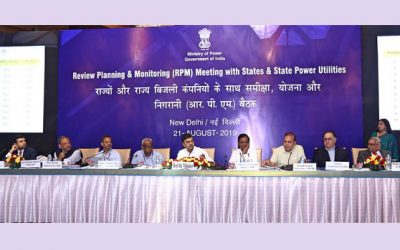
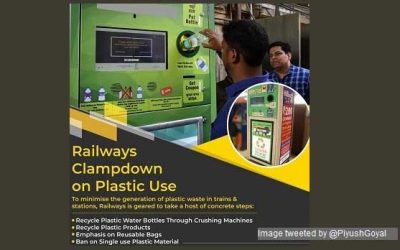
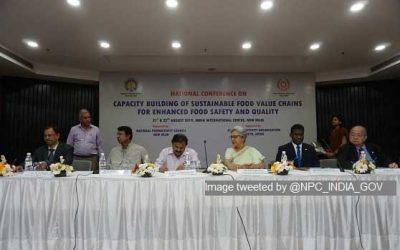
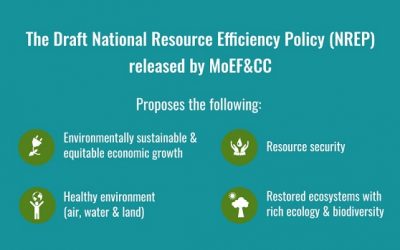
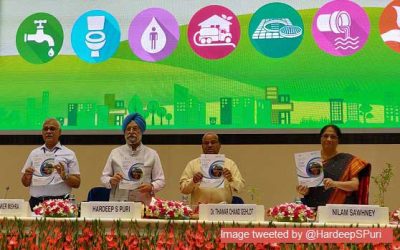

0 Comments